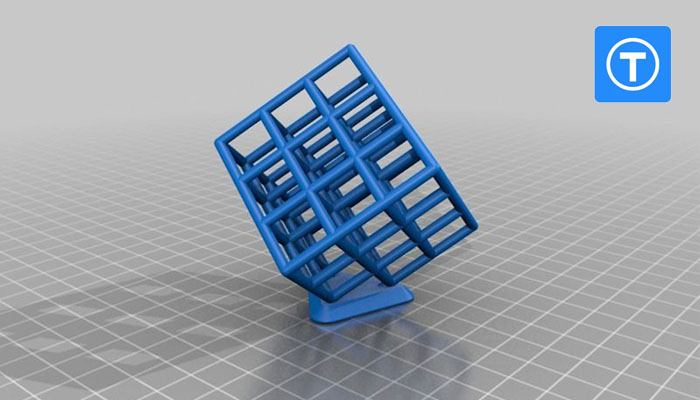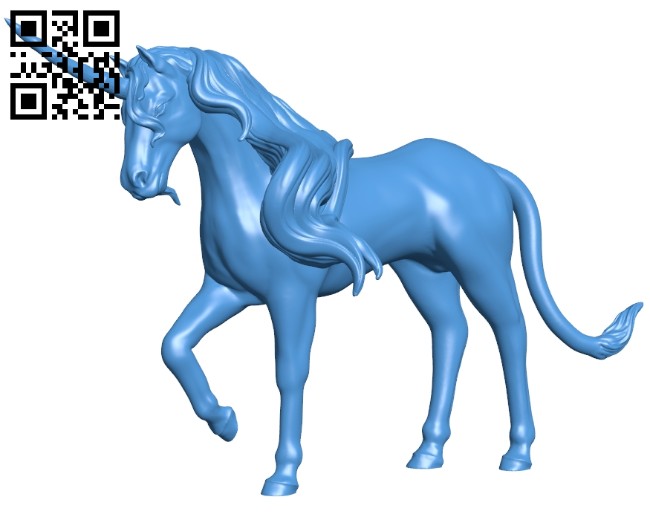

Some of these sites offer STL files for sale, others for free, and others still a mix of both. The internet is full of websites and resources for those seeking STL files. Most desktop 3D printing users, however – and especially beginners – will either download STL files from online repositories, or design their own using CAD or other 3D design software, depending on experience and use case. Should you have the technology, STL files can also be created with a 3D scanner, which can scan an object and create an STL file from that scan. This requires you enter your printer settings and configuration before downloading the file and does entail some increased risk, with the benefit of not having to manually slice the file. It is also possible to directly download G-code on certain websites like. There, the STL file is converted into a language your 3D printer can understand “G-code,” which tells it exactly how to print a model or design. Once created or downloaded, STL files are generally exported into a 3D printing slicer, such as Ultimaker Cura.

Alternatives to STL files such as OBJ files, however, can store data related to color and texture profile. An STL file does not contain any information regarding texture, color, or qualities such as flexibility or strength – only the shape and geometry. The more complex the design, the more triangles are used to represent it. In STL files, these designs are represented by triangles – hence “triangle language” or “tessellation language.” Because these triangles share edges, their location can be determined by a computer or slicing program (more on this below) to create a full image that can be 3D printed.

These digital files contain geometric information about a design that is meant to be 3D printed.

An STL (for “Standard Triangle Language” or “Standard Tessellation Language”) file is one of the most common file formats for both 3D printing and computer-aided design (CAD).


 0 kommentar(er)
0 kommentar(er)
